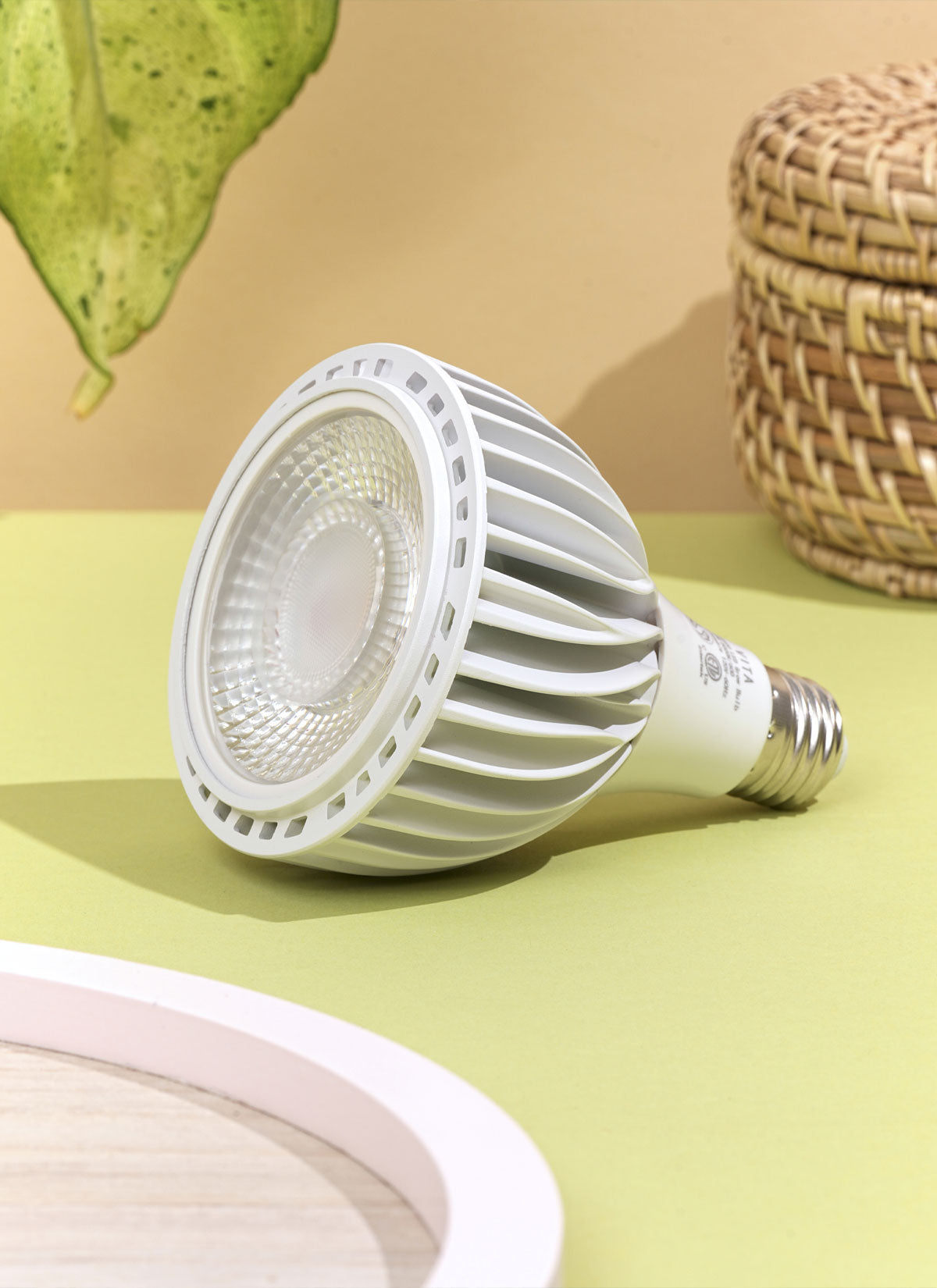Preferred Humidity: 40 - 60%; Moderate Humidity
For ZZ plants, a humidity range of 40% to 60% is recommended. If the humidity in your home is frequently lower than this range, you can raise the humidity level around your plant by spraying it frequently or setting up a humidifier close by. As an alternative, you may put a tray of water close to the plant. Just be careful not to let the pot sit in the water, as this can cause root rot. But, if the humidity is persistently higher than this range, you can help reduce it by improving ventilation or relocating the plant to a better-ventilated area. High humidity levels can delay the rate at which water evaporates from the soil, so you should also cut back on watering. The humidity requirements of your ZZ plant may also be impacted by placing it in locations with temperature extremes or in intense sunshine. You can help make sure your ZZ plant stays strong and healthy by following these humidity suggestions.




















